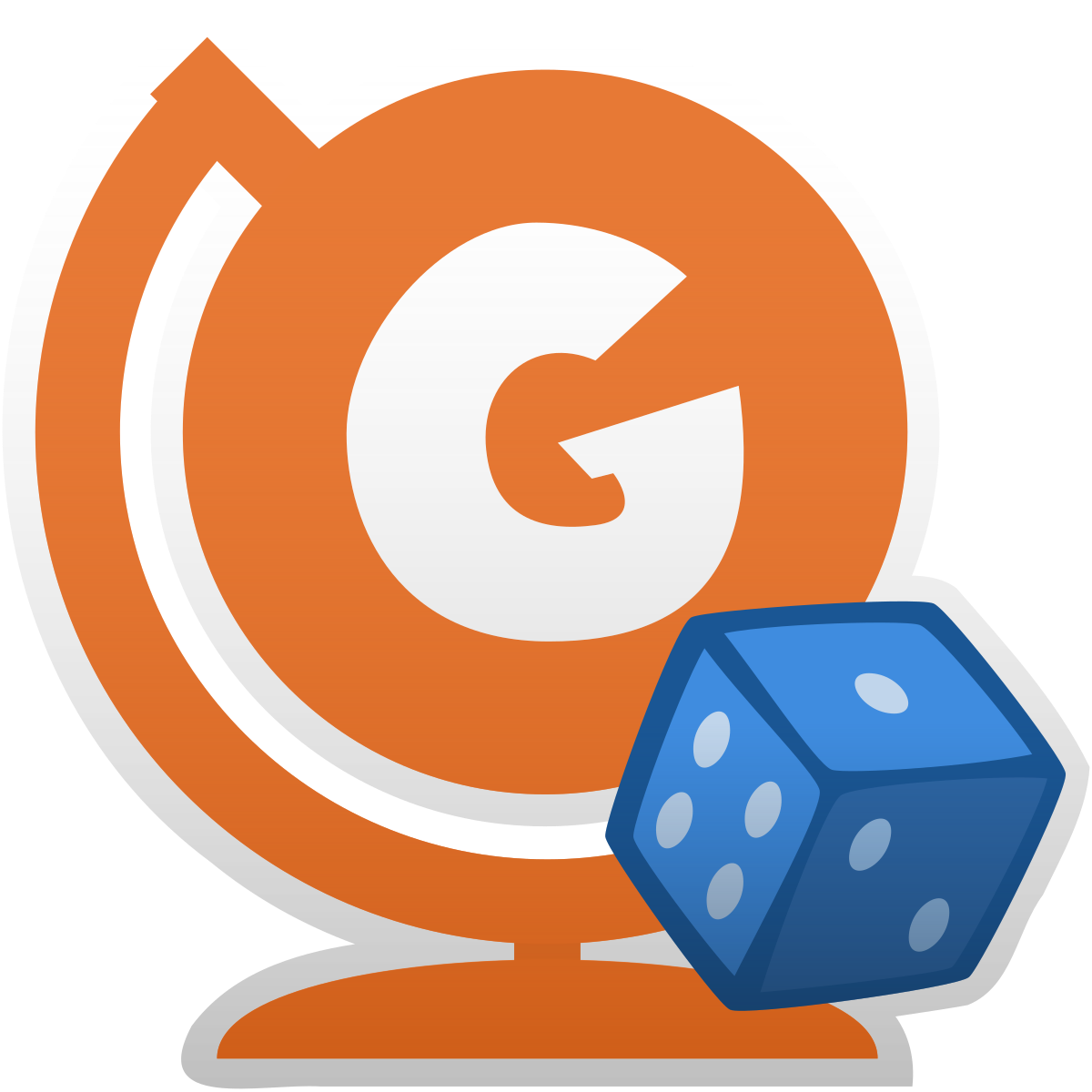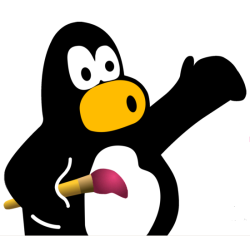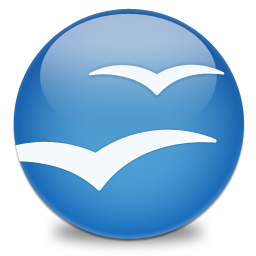Asha Kanini
Computer Science Curriculum

Asha Chennai has been teaching computer science to students in primary and middle schools in Tamil Nadu since 2014-15. There was no curriculum available for Computer Science in Tamil Nadu state board. We considered the textbooks adopted by some private CBSE schools and felt it was very outdated and proceeded in an unengaging manner.
We have developed a curriculum on our own. The curriculum covers both digital literacy (how to use a computer) as well as computational thinking (programming computers to do various things). Our goal was that the curriculum should be implementable even in schools with very limited infrastructure and unreliable network access. We still serve several schools where the only computer is the laptop that our teacher carries with her.
Computer Science is not something you learn with a pen and paper. Children need to actually do things on a computer to learn. In our curriculum we lay emphasis on project work. We devote the entire third term (Jan to April) to project work. Classes 4 and 5 develop a presentation while classes 6 to 8 develop a programming project with assistance from the teacher.
There were two important things to cover in the curriculum.
Digital Literacy
The children need to understand the world of computers and Internet. Then need to feel comfortable navigating through that world. The test of digital literacy is not in what you know but in how comfortable you feel about doing something that you currently do not know. If you suddenly get a drone which interfaces with your laptop or smartphone, how comfortable are you in visiting the website of the drone and configuring it to work and also understand how the whole thing works. This is the goal of digital literacy.
We introduce basic digital literacy in class 1 itself with children learning to become comfortable with mouse and keyboard. At class 3 they develop a sense of the computer with its storage, persistence of information. In class 4 and 5, we teach them OpenOffice. In the process they also being to understand the windowing environment and the operating system that lies underneath with multi-tasking, event handling etc. In class 6 to 8, while we continue to build on these, we also introduce the students to the Internet – browsing, how to search for information, email, chatting, social media etc.
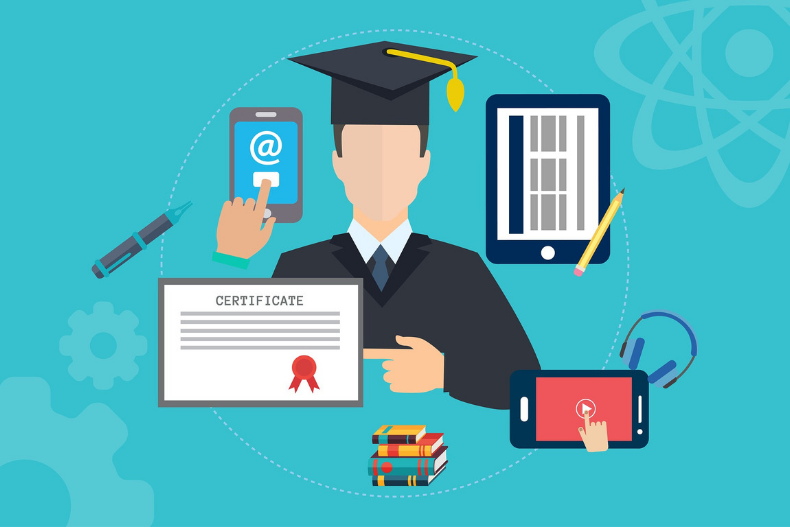
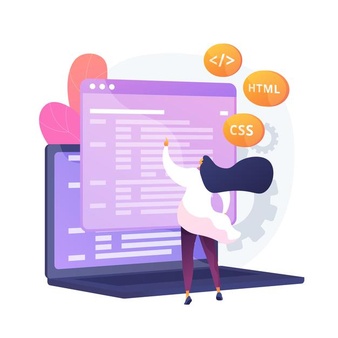
Programming
Importance of digital literacy in this day and age is very well understood. Programming is also equally important. Programming exposes the children to newer areas of education like computational thinking, design thinking etc. Studies have found that these have significant impact on the education of children even in other skills like language and Maths.
We introduce children to programming in their third standard. We introduce programming through solving simple puzzles. Note that programming as in specifying clear instructions that can be followed to achieve a desired result can be done even without computers. Many of our puzzles that teach programming for young children can be games that are played without computers. We found a wonderful curriculum in code.org and have used it to the extent possible within our limitations.
In the middle school we move them to develop more substantial projects using Scratch. During this time, they get introduced to all the standard programming concepts like variables, conditional statements, looping, asynchronous messaging, handling user input, etc. In 8th standard we also introduce the children to interfacing with a hardware in the form of the AdaFruit Circuit Playground.
Third Party
Tools we use for teaching
We have selected a set of tools to best teach computer science to children in primary and middle schools. These are world-class tools used in many of the best international schools. Here are the tools that we use.
CS Curriculum
FLAVOURS OF CS CURRICULA
Asha has created different curricula to serve different needs.
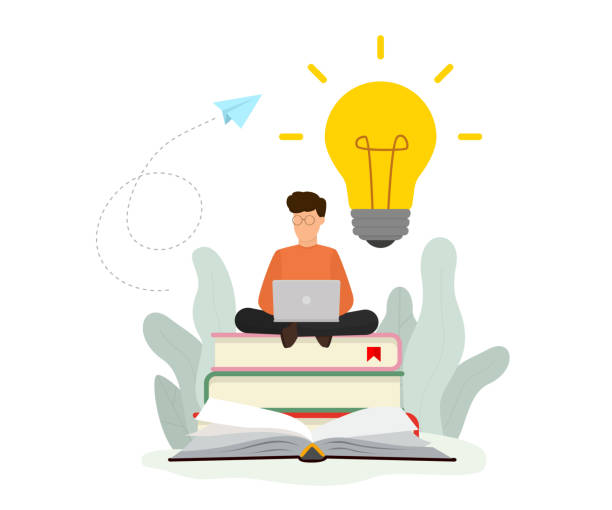
Eight Year CS Curriculum for Primary and Middle Classes
This is a detailed curriculum designed to cover all the primary and middle school classes (from 1st to 8th std). This teaches children both Digital Literacy as well as Programming as described in the sections earlier on these topics. The lesson plans below assume about 20 hours of instruction in computer science. It would be best complemented by use of technology in teaching other subjects as well using Asha Kanini. It is also important to have children do detailed project work using the tools they have learnt during the year. One term or 12 weeks are allocated for this. We usually have 4th and 5th std children create a presentation while 7th and 8th standard children develop a programming project.

One year CS Curriculum
The One Year Computer Science course is designed for teaching the basics of Digital Literacy and provides an introduction to Programming in one year. The course is intended for children in classes 6th and above who do not have any prior exposure to computer science. The course spans concepts of Windows, Internet, File system, Spreadsheets and others in the Digital Literacy part and basic constructs of programming - loops and conditional statements in the later part. It is intended to be covered in one year. It has 36 lessons which should ideally be completed in 30 weeks of instruction and then 8 weeks of project work.

Two year CS Curriculum
The two year CS Curriculum covers basic Digital Literacy in the first year and then basic Programming in the second year. This is also intended for children in classes 6th and above who do not have any prior exposure to computer science.
First year Lesson Plans.
Second year Lesson Plans.

Digital Literacy Activities
Amazon Future Engineer Explore program to give an introduction to computer science to children in classes 6 to 9. AFE Explore program typically consists of one hour long programming related activities. But as the children in India typically do not even have opportunity to use computers, we felt a set of digital literacy activities which can be executed in one hour and are independent of each other would be useful. We developed some such activities. Here are the One hour Digital Literacy Activities

RTC Courses
Our RTCs function on a semester basis. We have designed several courses for 5-months duration (including project work) suitable for our RTCs. See our RTC page for more details.
Asha Impressions
The Role of Project Work in Transformative Education

Project work is an important part of our pedagogy. All our courses allocate significant portion of the time for project work. The purpose of the project-work is not that of an assessment tool for evaluating the learning of the students. Project-work is an important teaching tool. Projects achieve education in ways that well complement the instruction-driven learning that we usually practice. Project work brings in goal driven learning (i.e. children learn things to achieve a goal which in this case is the project they have chosen) which works much better in fields like Computer Science which do not require mastery learning. i.e. Children do not need to know “all” the features of say OpenOffice. What they need is the confidence to handle even things they do not currently know. Project work also teaches the children to work together in teams and it motivates them to create a good product.
Our teachers are teaching our full 8-year curriculum at over 190 schools. In these schools, teams of 4th and 5th standard children develop presentations using OpenOffice Impress. Teams of 7th and 8th std students develop programs using Scratch. Team work also helps in peer-learning. After seeing the quality of the work from children, we decided to host a competition named Asha Impressions towards the end of the third term.
In Asha Impressions 2024, over 700 presentations and 200+ programming projects were submitted. The top 17 presentations and 11 programs were selected for the final event, hosted by Amazon Chennai. These teams presented their projects to a panel of judges. The judges we just as impressed as we were by the quality of the work from the children. The children also impressed us by their ability to answer the questions from the judges and do changes to their presentation or program on the fly!
For our Rural Technology Centres (RTCs), we organize a competition titled RTC Impressions, where students from all 9 RTCs submit their projects at the end of each term. The most recent edition of RTC Impressions was conducted in July 2024, with 203 projects submitted across various courses, including basic digital literacy, physical computing, and web development. Of these, 43 projects were shortlisted for recognition based on their quality and innovation
We aim to extend this initiative to schools under our Asha Computer Education (ACE) program, thereby fostering creativity, technical skills, and innovation among a wider student community.
Here are the winning entries from 2025.
- Winning Presentation from Seethanjeri.
- Winning Presentation from Kalugumalai.
- Winning program from Kanagamma Chathiram.
- Winning program from Thomur.
Previous winning entries.
- Winning Presentation from PUPS Ammambakkam.
- Winning program from PUMS Ramanjeri.
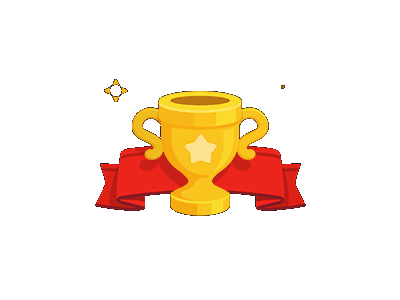
CS Assessments
For all our different approaches to teaching Computer Science, we have a common approach to assessing our students and in the process measuring the outcome of our programs. This includes the following,
Here are the individual Assessment papers for primary and middle school children that we used in 2024.

